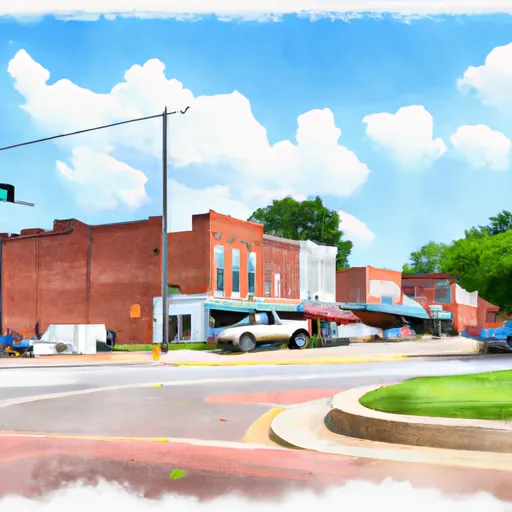°F
°F
mph
Windspeed
%
Humidity











Batesville, Mississippi, is located in the northern part of the state and has a humid subtropical climate with hot summers and mild winters. The city is home to several major hydrology constituents, including the Sardis Lake Reservoir and the Little Tallahatchie River. Outdoor recreation opportunities in the area include fishing, hunting, and camping at nearby state parks such as John W. Kyle State Park and Wall Doxey State Park. The city also has several parks and trails for hiking and biking, including the Panola Gateway Trail and the Batesville Civic Center Walking Park.
Weather Forecast
Batesville receives approximately 1413mm of rain per year, with humidity levels near 83% and air temperatures averaging around 17°C. Batesville has a plant hardyness factor of 7, meaning plants and agriculture in this region tend to thrive during the non-winter months.
Regional Streamflow Levels
674
Cubic Feet Per Second
1,470
Cubic Feet Per Second
182
Cubic Feet Per Second
1,390
Cubic Feet Per Second
Nearby Camping
| Camping Area | Reservations | Toilets | Showers |
|---|---|---|---|
| Fontainebleau State Park | |||
| Atwood Water Park | |||
| Simpson County Lake | |||
| Fairview Riverside State Park | |||
| Walkiah Bluff Water Park | |||
| Bayou Segnette State Park |



